Essential Archery Gear for Beginners
Archery is a fun sport that can be used for recreational target practice, competitive leagues, or hunting. If you’re looking to get into archery, it’s important to think about your primary goals. The right gear for you will depend on what you hope to do as an archer.
When you’re just starting out, it’s best to keep it simple. You’ll get to know your equipment, your style, and the type of archery you want to do as you begin shooting your new bow. However, there is some essential gear that every beginner will need in order to have the complete archery experience.
Your bow of choice
The most important thing is your bow. The recurve bow is generally the best for beginners getting into archery as a sport. The dual-curving shape of this bow allows archers to shoot with more power while they are still developing strength. They’re easy to set up, and you can generally find a quality recurve bow for an affordable price. As a rule of thumb, get a bow that is within two inches of your height.
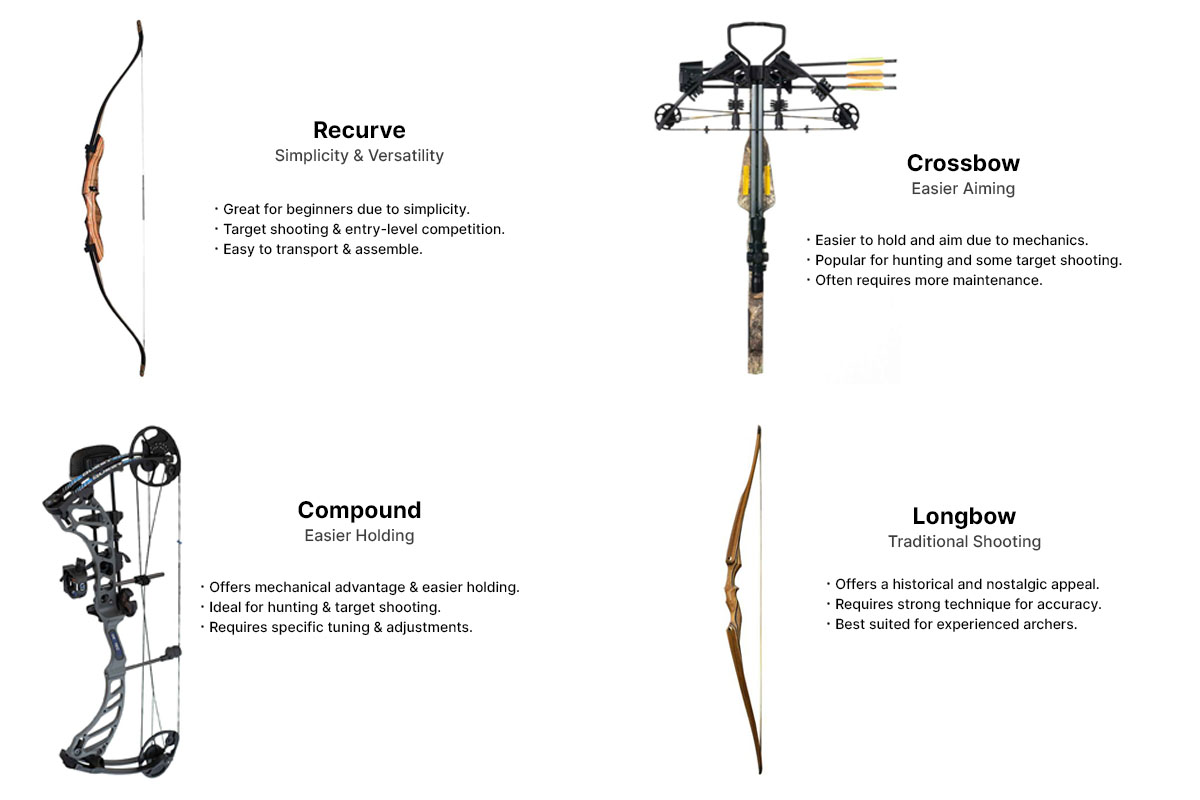
If you’re concerned about choosing the right bow, head into your local archery shop or sporting goods store for assistance. They can help you make sure all of your gear will work together, and you can try out different bows.
In addition to recurve bows, you could get a compound bow, longbow, or crossbow. If you are getting into archery as a hunter, then you will likely want a compound bow. These are the most popular, and they are much more powerful than a recurve or longbow. Crossbows are also great for hunting, where they are legal to use. To learn more about your bow options, check out our article detailing the different types of bows.
Bow sight
Using sights is a matter of preference, but they generally help archers shoot more accurately. Archery sights help you line up your shot so you will hit your target precisely, and you can mark yardage settings on the sight itself.
Bow hunters will always want to have a sight on their compound bows, and these sights can be as complicated as having 7 different yardage pins and a built in laser range finder, or as simple as a single pin. The option is up to your and your wallet.
Arrows & broadheads
After you’ve chosen your bow, you can select your arrows. It’s important to make sure you are choosing the correct arrow for your bow. You’ll need to know your bow’s draw length and draw weight in order to choose the correct arrows. If you’re not sure what is best, ask a sales associate at a local archery or sporting goods store to assist you.
Some expert archers custom-make their own arrows. They often sell them for $7-10 per arrow. You may be able to ask to shadow someone in your area who makes arrows if you are interested in learning yourself. You’ll need to learn how to cut the shafts to the appropriate size, and work in the nocks, inserts, and fletching.
Bow hunters use arrows that are usually made of carbon fiber, so they obviously have to buy their arrows from manufacturers. When buying arrows, you need to know the right length and spine strength. The more powerful your bow is, the stiffer your arrow spine needs to be. A mismatch between your bows speed and the arrows spine can throw off your shot, or cause the arrow to splinter.
After you pick out the right arrows for your bow, you will need broadheads for those arrows. Now for archery shooters, you will only need field tips that are the proper weight, but bow hunters will need quality broadheads for taking down game in addition to field tips for practice. The best broadheads for hunting is highly subjective, but the important thing is to use a broad head that weighs the same as your field tips that you use during practice so your arrow flies the same during your hunt.
Quiver
When you’re practicing, you need a way of storing your arrows. You can opt for a Robin Hood-style back quiver that will allow you to carry your arrows on your back, but there are now many more options for quivers.
A hip quiver keeps your arrow nocks facing out in front, while a field quiver keeps them facing up and behind. Either of these options keeps your arrows in sight, so you don’t have to reach and feel around for a quiver on your back that you can’t see.
Whichever option you choose, your quiver should allow you to grab a new arrow without changing your stance, which means you shouldn’t have to move your legs. This way, you’ll be able to release arrows more quickly while maintaining strong form.
For bow hunters, your quiver will actually attach to your bow. Most compound bows are built to accommodate a quiver, and this way you don't have to fumble around with it during your hunt and your arrows are always right there within reach. Bow hunters don’t usually use a quiver during practice, because their quivers are made to hold arrows with broadheads instead of field points.
Arrow rest
This is an optional accessory for recurve shooters, but greatly improves your ability to shoot successfully. An arrow rest can usually stick on to your bow. They keep your arrow steady more than an arrow shelf, which arrows often fall off of.
For bow hunters using a compound bow, an arrow rest is a must. The purpose of having one in this context is to raise the shaft of the arrow up without interfering with the broadhead, which can be fairly big around. Your arrow rest can also have a lot of impact on your accuracy, and is one of the main pieces of equipment hunters can tune when they are trying to perfect their shot.
Stabilizer & shock absorbers
If you are using a compound bow, you will want to use a stabilizer on the front of it. The purpose of a stabilizer is to absorb and dissipate vibration during your shot. The longer the stabilizer the more vibration it can dissipate, which is why you will see competitive archers with very long stabilizers. Although long stabilizers are not ideal to deal with for bow hunters, which is why their stabilizers are normally shorter.
Every type of bow can benefit from shock absorbers. These are usually little pieces of rubber that go on your string or bow limbs, and they are designed to absorb and dissipate vibration. They are much smaller than a stabilizer, and you can have multiple of them on your bow. Compound hunting bows usually come with a few on them by default, but you can also find them on recurves and longbows, although the design will be a little different.
Range finder
When you are shooting a bow, it is incredibly important to know how far your shot is so you can adjust your aim properly. On an archery range, those distances may be marked, but if you are practicing at home, or are a hunter, you need a reliable way to tell the exact distance you will be shooting every time. A laser range finder does this job quite well.
Laser range finders are capable of ranging targets out to many hundreds of yards, with some models even reaching 1000 or more yards. Obviously this is much farther than a bowhunter needs, which is a good thing. For hunters, you can even get range finders that take the fact that you are up in a tree into consideration.
Bow target
If you don’t have an archery range nearby, you will want to have your own target to shoot at. You can build a target out of a variety of materials, and there is no shortage of guides online. Although you can easily buy a hunting bow target online, which will be suitable for all archers. You just need to make sure that your target can stop your arrow, some fast bows are capable of putting an arrow all the way through a bow target, especially after the target has been shot a few dozen times. Safety should be your number one priority.
Gloves
If you’re going to be shooting several arrows for extended target practice, you may want a pair of archery gloves. This is especially important as you are learning proper hand placement. Gloves keep you from building up calluses, and may be more comfortable when you are drawing the bow back, which is ideal if you plan on shooting your bow on a regular basis.
For hunters who will be wearing gloves in the stand, you may want to get gloves that do not cover your index finger so that you can feel your release better when you are in the stand. You should also practice with your gloves that you plan to hunt in as much as you can.
Armguard
An armguard will protect your arm from the bowstring each time you shoot. This is a comfort item, but it can be more than that if you find yourself repeatedly bruising your arm when you shoot. This is especially important as you are learning how to shoot well, which can lead to more injury. With correct form, you shouldn’t need an armguard, but if you ever hit your arm with the string, you will wish you had one. There are open, breathable arm guards, or leather arm guards if you want to look like a serious archer when you shoot!
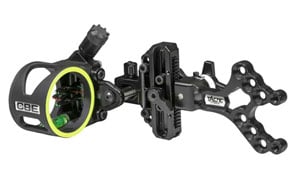 Single pin
Single pin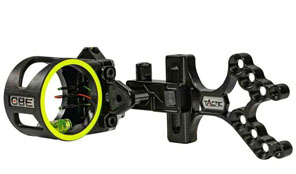 3 pin
3 pin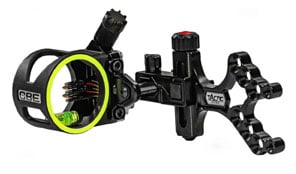 5 pin
5 pin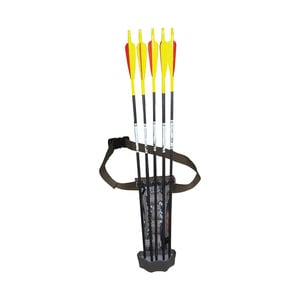 Hip mount
Hip mount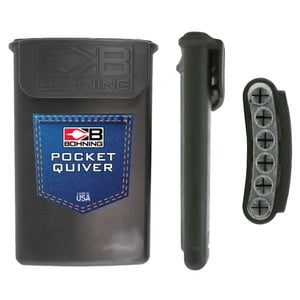 Pocket
Pocket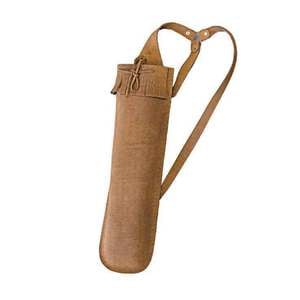 Back
Back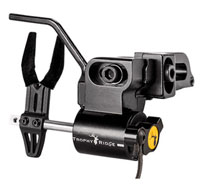 Drop away
Drop away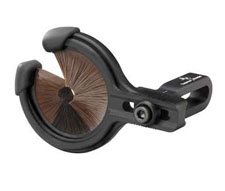 Containment
Containment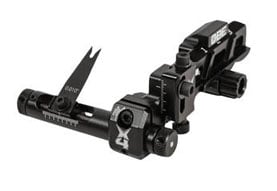 Launcher
Launcher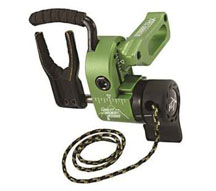 String driven
String driven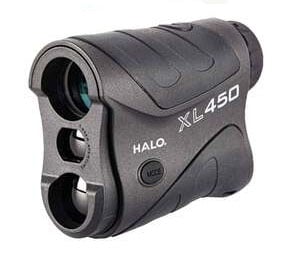 Halo XL450
Halo XL450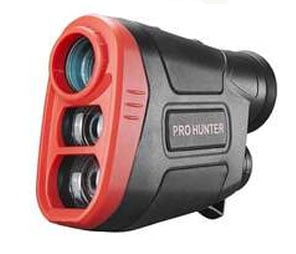 Simmons Prohunter 750
Simmons Prohunter 750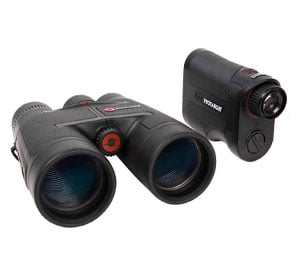 Simmons ProTarget & Venture Combo Kit
Simmons ProTarget & Venture Combo Kit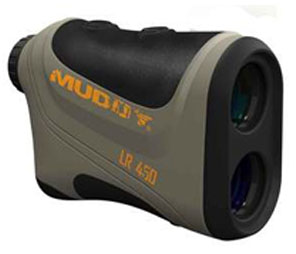 Muddy 450
Muddy 450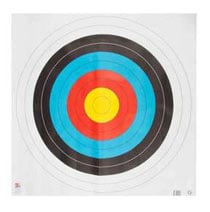 Paper
Paper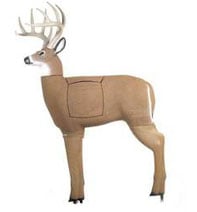 3D
3D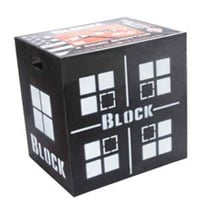 Block
Block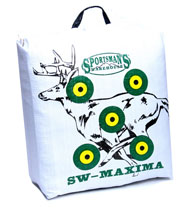 Bag
Bag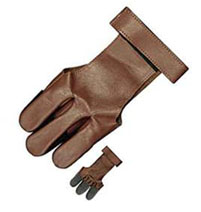 Full finger
Full finger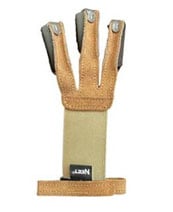 Leather
Leather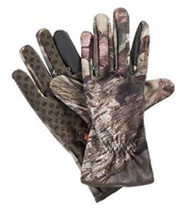 Touchtip
Touchtip